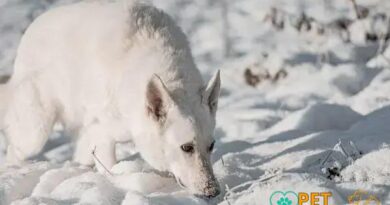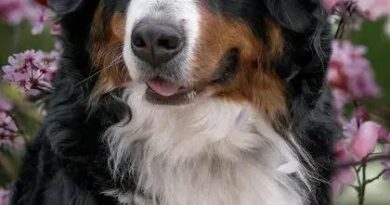O que é how to reduce shedding
Understanding Shedding in Dogs
Shedding is a natural process for dogs, where they lose old or damaged hair to make way for new growth. This phenomenon can vary significantly among different breeds, with some dogs shedding more than others. Understanding the reasons behind shedding is crucial for pet owners who want to manage it effectively. Factors such as breed, age, health, and seasonal changes can all influence the amount of hair a dog sheds.
Why Do Dogs Shed?
Dogs shed for several reasons, primarily related to their biology and environment. Shedding helps regulate body temperature and remove dead hair. Additionally, hormonal changes, such as those experienced during heat cycles or due to stress, can lead to increased shedding. It’s essential to recognize that shedding is a normal part of a dog’s life, but excessive shedding may indicate underlying health issues that require attention.
How to Reduce Shedding: Regular Grooming
One of the most effective ways to reduce shedding is through regular grooming. Brushing your dog’s coat helps remove loose hair and dirt, preventing it from ending up on your furniture and floors. Depending on the breed, you may need to use specific brushes designed for different coat types. Regular grooming not only minimizes shedding but also promotes a healthy coat and skin.
Diet and Nutrition Impact on Shedding
The diet you provide for your dog plays a significant role in their overall health and can influence shedding. A balanced diet rich in omega fatty acids, vitamins, and minerals can improve coat health and reduce excessive shedding. Consider incorporating high-quality dog food and supplements that promote skin and coat health to help manage shedding effectively.
Hydration and Its Role in Shedding
Proper hydration is vital for your dog’s health and can also impact shedding. Dehydrated dogs may experience dry skin, leading to increased shedding. Ensure your dog has access to fresh water at all times and encourage them to drink regularly. A well-hydrated dog is more likely to maintain a healthy coat and reduce shedding.
Environmental Factors and Shedding
Environmental factors such as temperature, humidity, and allergens can also affect shedding. Dogs may shed more during seasonal changes, particularly in spring and fall, as they adapt to the changing climate. Keeping your home environment clean and free from allergens can help reduce shedding and improve your dog’s comfort.
Regular Vet Check-ups
Regular veterinary check-ups are essential for monitoring your dog’s health and addressing any shedding concerns. Your veterinarian can help identify potential health issues that may contribute to excessive shedding, such as allergies, skin conditions, or hormonal imbalances. Early detection and treatment can significantly reduce shedding and improve your dog’s quality of life.
Using Specialized Products
There are various grooming products available specifically designed to help reduce shedding. De-shedding tools, shampoos, and conditioners formulated for shedding control can be beneficial. These products can help remove loose hair and nourish the skin, making them an excellent addition to your grooming routine.
Creating a Comfortable Living Space
Providing a comfortable living space for your dog can also help reduce stress-related shedding. Ensure your dog has a quiet, cozy area to relax, away from loud noises and disturbances. A stress-free environment can lead to a healthier dog, which may result in less shedding overall.
Understanding Your Dog’s Breed
Finally, understanding your dog’s specific breed and its shedding characteristics is crucial. Some breeds are known for heavy shedding, while others may shed minimally. Researching your dog’s breed can help you set realistic expectations and develop a tailored shedding management plan that suits their needs.



